
-
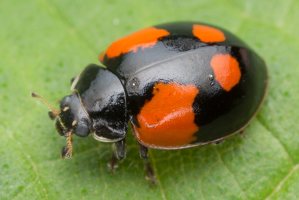 Adalia bipunctata · dvitaškė adalija
Adalia bipunctata · dvitaškė adalija
-
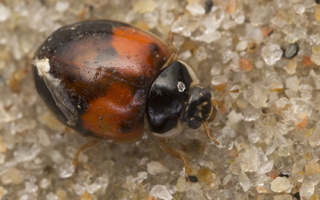 Adalia decempunctata · dešimtaškė adalija
Adalia decempunctata · dešimtaškė adalija
-
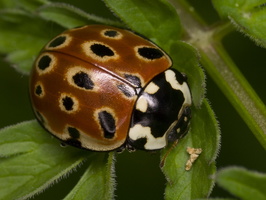 Anatis ocellata · akiuotoji boružė
Anatis ocellata · akiuotoji boružė
-
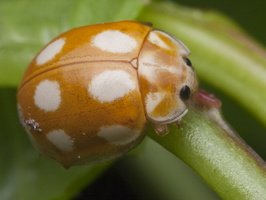 Calvia decemguttata · dešimtdėmė boružė
Calvia decemguttata · dešimtdėmė boružė
-
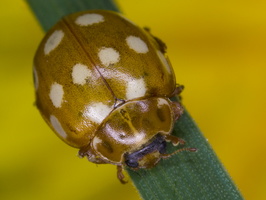 Calvia quatuordecimguttata · keturiolikadėmė boružė
Calvia quatuordecimguttata · keturiolikadėmė boružė
-
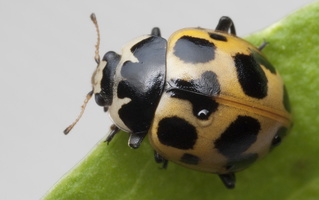 Ceratomegilla notata · dilgėlinė boružė
Ceratomegilla notata · dilgėlinė boružė
-
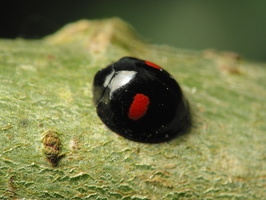 Chilocorus renipustulatus · juodbruvėlė boružė
Chilocorus renipustulatus · juodbruvėlė boružė
-
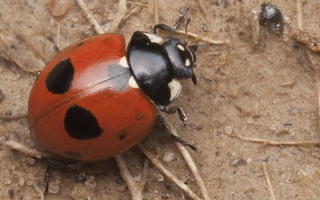 Coccinella quinquepunctata · penkiataškė boružė
Coccinella quinquepunctata · penkiataškė boružė
-
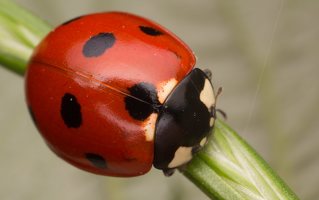 Coccinella septempunctata · septyntaškė boružė
Coccinella septempunctata · septyntaškė boružė
-
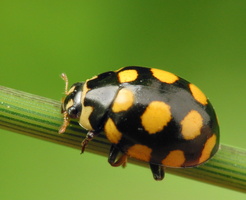 Coccinula quatuordecimpustulata · keturiolikataškė boružė
Coccinula quatuordecimpustulata · keturiolikataškė boružė
-
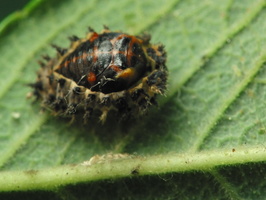 Exochomus quadripustulatus · keturdėmė boružė
Exochomus quadripustulatus · keturdėmė boružė
-
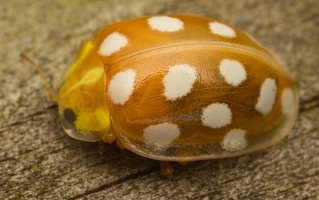 Halyzia sedecimguttata · šešiolikadėmė boružė
Halyzia sedecimguttata · šešiolikadėmė boružė
-
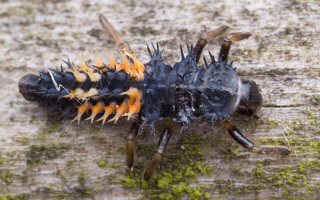 Harmonia axyridis · azijinė boružė
Harmonia axyridis · azijinė boružė
-
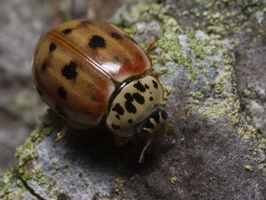 Harmonia quadripunctata · keturtaškė boružė
Harmonia quadripunctata · keturtaškė boružė
-
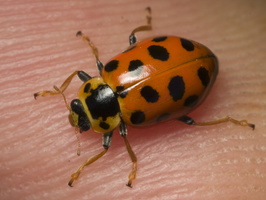 Hippodamia tredecimpunctata · trylikataškė boružė
Hippodamia tredecimpunctata · trylikataškė boružė
-
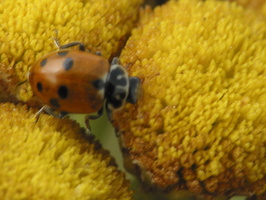 Hippodamia variegata · raiboji boružė
Hippodamia variegata · raiboji boružė
-
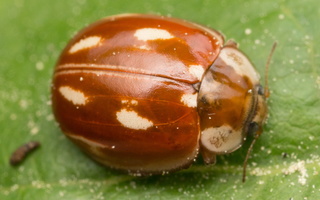 Myzia oblongoguttata · dryžuotoji boružė
Myzia oblongoguttata · dryžuotoji boružė
-
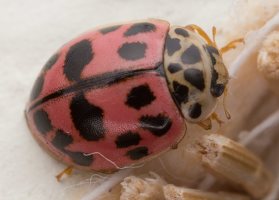 Oenopia conglobata · lajinė boružė
Oenopia conglobata · lajinė boružė
-
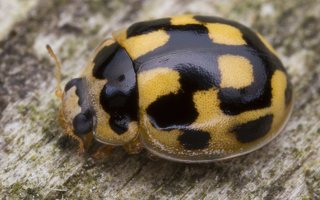 Propylea quatuordecimpunctata · juodasiūlė boružė
Propylea quatuordecimpunctata · juodasiūlė boružė
-
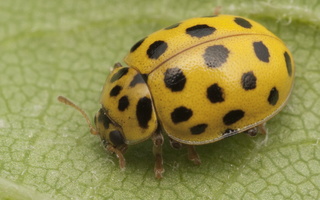 Psyllobora vigintiduopunctata · dvidešimtdvitaškė boružė
Psyllobora vigintiduopunctata · dvidešimtdvitaškė boružė
-
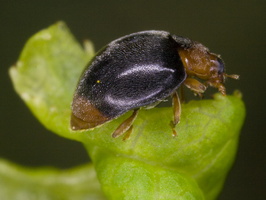 Scymnus ferrugatus · boružė
Scymnus ferrugatus · boružė
-
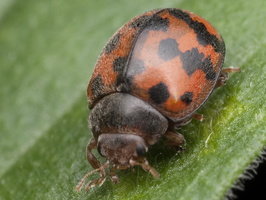 Subcoccinella vigintiquatuorpunctata · dvidešimtketurtaškė boružė
Subcoccinella vigintiquatuorpunctata · dvidešimtketurtaškė boružė
-
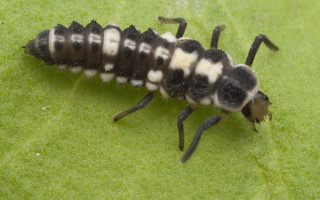 ~ Coccinellidae larvae · boružių lervos
~ Coccinellidae larvae · boružių lervos
-
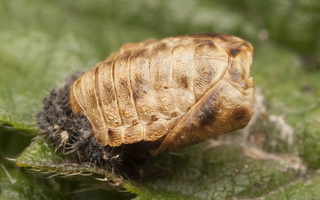 ~ Coccinellidae pupae · boružių lėliukės
~ Coccinellidae pupae · boružių lėliukės
-
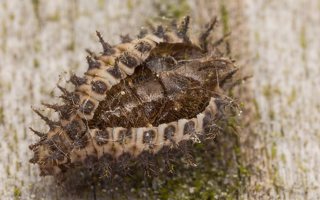 ~ Other Coccinellidae · nerūšiuotos boružės
~ Other Coccinellidae · nerūšiuotos boružės
- ladybird beetles, lady beetles, ladybirds, ladybugs
- Marienkäfer
- boružės
- mārīšu dzimta
- biedronkowate